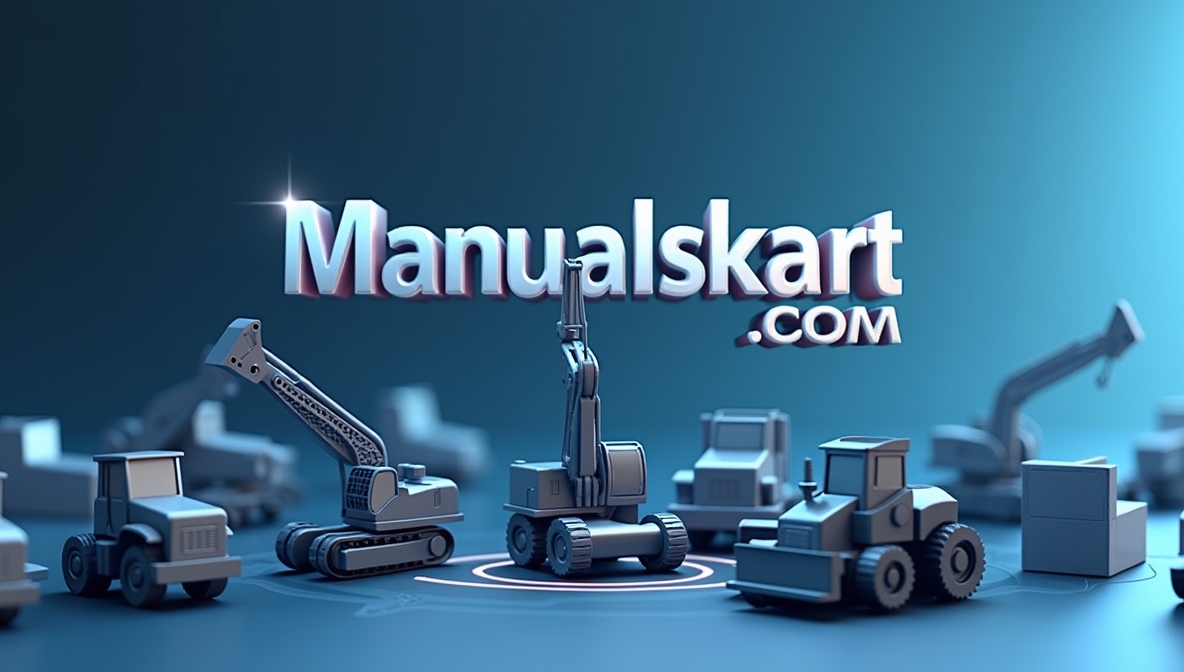Why Is My Caterpillar Bulldozer Overheating? Solutions and Tips
Caterpillar bulldozers are known for their durability and power, but like any heavy equipment, they can face performance issues over time. One common problem that operators encounter is overheating, which can lead to severe engine damage and costly repairs. If your Caterpillar bulldozer is running hot, you may be wondering, "Why is my Caterpillar bulldozer overheating, and how can I fix it?" In this blog, we’ll explore the most common causes of overheating in Caterpillar bulldozers and provide step-by-step solutions to help you fix the problem and prevent it from recurring.
Common Symptoms of Overheating in Caterpillar Bulldozers
- Temperature gauge reading higher than normal
- Engine warning lights
- Steam or smoke coming from the engine compartment
- Reduced engine power
- Strange smells, such as burning
Common Causes of Overheating in Caterpillar Bulldozers
1. Low Coolant Levels
The coolant system in your Caterpillar bulldozer plays a vital role in regulating the engine’s temperature. If the coolant level is low, it can’t effectively absorb the engine’s heat, leading to overheating.
Symptoms:
- High engine temperature
- Steam or vapor from the radiator
- Decreased engine performance
Solution:
- Check the coolant level regularly, especially during hot weather or after long hours of operation.
- If the coolant is low, top it up with the correct mixture of Caterpillar-approved coolant.
- Inspect the cooling system for leaks or signs of wear. If leaks are found, address them promptly.
- Refer to the Caterpillar service manual for instructions on proper coolant levels and types.
2. Clogged Radiator or Airflow Restrictions
The radiator is essential for dissipating heat from the engine. Over time, dirt, debris, and even mud can clog the radiator fins, preventing air from flowing through properly. This can cause the engine to overheat, especially in demanding conditions.
Symptoms:
- Overheating during heavy use
- Noticeable debris on the radiator fins
- Reduced engine cooling efficiency
Solution:
- Inspect the radiator for dirt, debris, or mud buildup.
- Clean the radiator thoroughly using compressed air or a soft brush.
- Ensure there are no obstructions in front of the radiator that could block airflow.
- If necessary, replace the radiator with a genuine Caterpillar part if it’s damaged or excessively worn.
3. Faulty Thermostat
The thermostat in your Caterpillar bulldozer regulates the flow of coolant to maintain the optimal engine temperature. If the thermostat becomes stuck in the closed position, it can prevent coolant from circulating properly, leading to overheating.
Symptoms:
- Overheating at low or moderate engine loads
- Engine temperature rises rapidly
- Coolant temperature sensor readings indicate excessive heat
Solution:
- Inspect the thermostat for proper operation.
- If the thermostat is stuck or malfunctioning, replace it with a Caterpillar-approved thermostat.
- Follow the Caterpillar service manual for specific instructions on replacing the thermostat.
4. Water Pump Failure
The water pump is responsible for circulating coolant throughout the engine. If the pump fails, coolant won’t circulate effectively, which can lead to overheating.
Symptoms:
- Overheating after prolonged use
- Unusual noise coming from the water pump area
- Visible coolant leaks around the pump
Solution:
- Check the water pump for leaks or signs of wear.
- If the water pump is damaged or not working properly, replace it with a genuine Caterpillar water pump.
- Ensure that the pump is installed according to the specifications in the Caterpillar service manual.
5. Low Oil Levels or Contaminated Oil
The engine oil in your Caterpillar bulldozer helps to lubricate the engine’s moving parts, preventing friction and heat buildup. If the oil level is low or the oil has become contaminated, it can cause the engine to overheat.
Symptoms:
- High engine temperature
- Increased engine friction sounds
- Decreased engine performance
Solution:
- Check the engine oil level regularly and ensure it’s at the recommended level.
- If the oil appears dirty or contaminated, drain and replace it with fresh Caterpillar-approved oil.
- Refer to the Caterpillar service manual for the correct type of oil and oil change intervals.
How to Prevent Overheating in Your Caterpillar Bulldozer
To avoid overheating issues, perform regular maintenance on your bulldozer and keep the following tips in mind:
- Inspect coolant levels and top up as needed.
- Clean the radiator and ensure proper airflow.
- Check and replace the thermostat and water pump at recommended intervals.
- Change the engine oil regularly and use the correct type.
- Monitor the engine temperature closely during operation.
Why Use a Caterpillar Service Manual?
When troubleshooting and fixing overheating issues, a Caterpillar service manual is your best resource. It contains detailed information, including step-by-step instructions for diagnosing and repairing common problems, such as overheating. The manual also includes specifications, part numbers, and maintenance schedules to help you keep your bulldozer in top condition.
For reliable, detailed manuals, visit Manualskart.com. We offer a wide selection of Caterpillar bulldozer manuals and more, providing you with the resources you need to perform maintenance and repairs effectively.
Find More Equipment Manuals at Manualskart
Explore our extensive collection of service manuals for various brands:
- Komatsu Equipment Manuals
- Volvo Equipment Manuals
- Hyundai Equipment Manuals
- Case Construction Manuals
- Kubota Equipment Manuals
- New Holland CE Manuals
- Caterpillar Equipment Manuals
Conclusion
Overheating is a common issue for Caterpillar bulldozers, but with regular maintenance and timely repairs, you can keep your equipment running smoothly and prevent expensive engine damage. By following the troubleshooting steps outlined in this blog and using genuine parts, you’ll be able to address overheating problems quickly and effectively. For all your Caterpillar manual needs, visit Manualskart.com for expert guidance and quality resources.





Comments